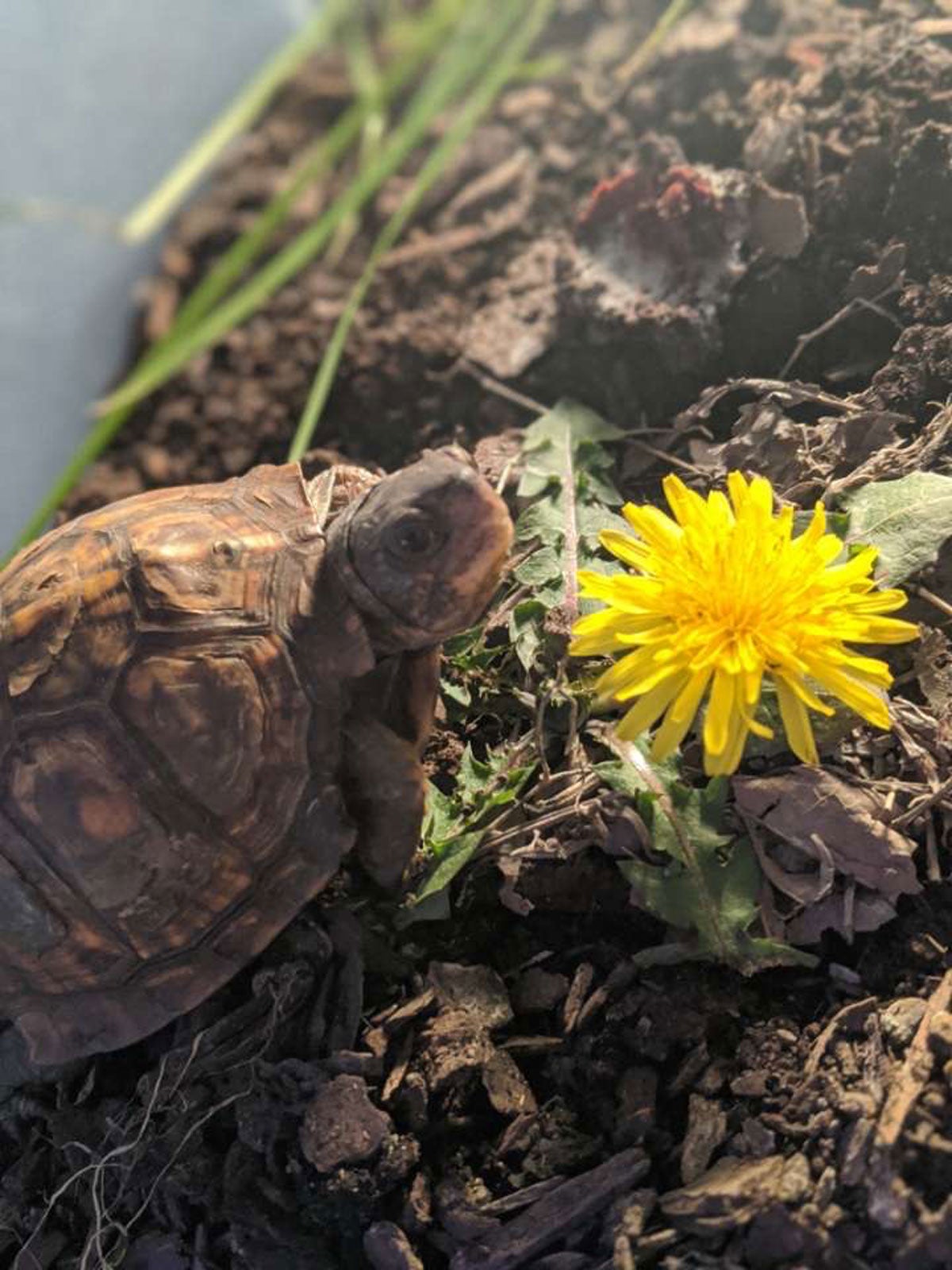Turtle Safe Vegetation: Growing Plants For Turtles To Eat


Maybe you have an unusual pet, one that’s more out of the ordinary than a dog or cat. For instance, what if you have a turtle for a pet? How do you care for him or her? Most importantly, what do you safely feed the turtle that is both healthy and economical?
If you (or your children) have a pet turtle that you somehow acquired, you’ll want to keep it healthy and happy. According to most resources, there is a specific diet for the turtle. The good news is you can grow some of the food. Get the kids involved and learn more about properly feeding your pet turtle.
Growing Plants for Turtles
If you have a turtle as a pet, you might’ve noticed that he/she always seems hungry. The experts say a turtle is a “voracious eater” and “always begging for food.”
Turtles are basically carnivorous (meat protein eaters) when they’re young and begin to enjoy more vegetables as they mature. Apparently, just like humans, the turtle prefers a balanced and varied diet. Sources advise changing the diet regularly and they stress the importance of variety.
The carnivorous portion of their diet can be supplied by purchasing “trout chow” and small fish (goldfish, etc.) from the pet store. Minnows used for fishing are an option. As mentioned, we can grow much of the vegetative part of their balanced and varied diet.
Plants Safe for Turtles
Research shows that your pet turtle will eat the same vegetables that are good for you. Depending on your climate, you are likely growing some of them in your summer vegetable garden. If not, they can easily be included.
Vitamins and minerals are important for turtle health. Light preparation is needed before feeding some vegetables to your pet. Suggestions for vegetable or fruit may include:
Gardening tips, videos, info and more delivered right to your inbox!
Sign up for the Gardening Know How newsletter today and receive a free copy of our e-book "How to Grow Delicious Tomatoes".
- Carrots (shred them first)
- Sweet potatoes (best if shredded and cooked before feeding)
- Irish potatoes
- Green beans
- Okra
- Bell peppers
- Cactus pad and fruit (remove all the spines if you use this option)
Other Plants Turtles Can Eat
Turtles can consume the same salad greens you grow for the rest of your family. Spinach, kale, and Swiss chard, among others, are appropriate. These grow easily in cool weather when temperatures are above freezing. Start them from seed for an economical way to feed yourself and your turtle.
Other turtle-safe vegetation includes clover, dandelions, and collards. You may also feed the turtle corn, cauliflower, beets, tomatoes, and broccoli.
Have fun with feeding your turtle and teach your children this prudent and economical way to help care for their pets.

Becca Badgett was a regular contributor to Gardening Know How for ten years. Co-author of the book How to Grow an EMERGENCY Garden, Becca specializes in succulent and cactus gardening.